AI List Building:
Revolutionizing Digital Marketing Strategies
In the ever-evolving landscape of digital marketing, businesses are continually seeking innovative strategies to engage with their target audience effectively. Among the most transformative advancements in recent years is the integration of artificial intelligence (AI) into marketing practices, particularly in the realm of list building. AI-driven technologies have revolutionized the way marketers gather, analyze, and utilize data to craft personalized experiences for their customers. With AI list building, businesses can leverage powerful algorithms and machine learning capabilities to uncover valuable insights, predict consumer behavior, and tailor their marketing efforts with unparalleled precision.
The advent of AI list building has ushered in a new era of hyper-personalization in digital marketing. By harnessing the vast amounts of data available, AI algorithms can create detailed customer profiles that go beyond basic demographic information, encompassing nuanced preferences, past behaviors, and even future intent. This granular level of understanding enables marketers to deliver targeted messages and offers that resonate with individual consumers on a deeper level, fostering stronger connections and driving higher engagement rates. From personalized email campaigns to dynamic website content, AI empowers marketers to deliver the right message to the right person at the right time, maximizing the effectiveness of their digital marketing initiatives.
Moreover, AI list building doesn't just enhance the quality of interactions; it also optimizes the efficiency of marketing efforts. By automating tasks such as audience segmentation, content customization, and campaign optimization, AI enables marketers to streamline their workflows and focus their time and resources where they matter most. With AI-driven insights guiding their decisions, marketers can allocate budgets more effectively, identify high-potential leads with greater accuracy, and optimize conversion pathways for maximum impact. As businesses continue to embrace the power of AI list building, they are poised to unlock new levels of success in their digital marketing endeavors, driving higher ROI and fostering lasting relationships with their audience.
1. Understanding AI List Building
In the dynamic realm of digital marketing, understanding the intricacies of AI list building is paramount to unlocking its full potential. At its core, AI list building harnesses the power of advanced algorithms and machine learning techniques to gather, analyze, and interpret data with unprecedented precision and efficiency. Gone are the days of manual data segmentation and rudimentary audience profiling; AI list building empowers marketers to delve deep into the nuances of consumer behavior, enabling them to create highly targeted and personalized campaigns that resonate with their audience on a profound level.
Central to the concept of AI list building is its ability to uncover hidden patterns and insights within vast datasets. By analyzing a myriad of variables, from demographic information to browsing history and purchase behavior, AI algorithms can identify correlations and trends that would be virtually impossible to detect through manual analysis alone. This granular understanding of consumer behavior allows marketers to segment their audience with unparalleled accuracy, ensuring that each message is tailored to the unique preferences and needs of individual customers.
Moreover, AI list building facilitates real-time decision-making, enabling marketers to respond swiftly to changing market dynamics and consumer preferences. By continuously monitoring and analyzing incoming data streams, AI algorithms can adapt and refine marketing strategies on the fly, ensuring that campaigns remain relevant and effective in an ever-evolving digital landscape. Whether it's adjusting ad targeting parameters, optimizing email send times, or personalizing website content in real-time, AI empowers marketers to stay one step ahead of the competition and deliver seamless, engaging experiences to their audience.
Furthermore, AI list building fosters a culture of experimentation and optimization within marketing teams. By providing insights into campaign performance and consumer engagement metrics, AI enables marketers to identify areas for improvement and iterate on their strategies iteratively. From A/B testing different messaging approaches to refining audience segmentation criteria, AI empowers marketers to refine their tactics continuously, driving higher conversion rates and maximizing ROI. As businesses continue to embrace the power of AI list building, they will undoubtedly unlock new opportunities for innovation and growth in the digital marketing landscape.
2. Personalization at Scale
In the realm of digital marketing, personalization has long been hailed as the holy grail of customer engagement. With AI list building, businesses can now achieve personalization at an unprecedented scale. By leveraging advanced algorithms and machine learning capabilities, AI empowers marketers to create highly customized experiences for each individual customer, regardless of the size of their audience. From personalized email campaigns to dynamically generated website content, AI list building enables businesses to deliver tailored messaging that resonates with consumers on a deeply personal level, fostering stronger connections and driving higher engagement rates.
One of the key advantages of AI list building in enabling personalization at scale is its ability to process vast amounts of data in real-time. By analyzing a myriad of variables, from past purchase history to browsing behavior and demographic information, AI algorithms can create detailed customer profiles that capture the unique preferences and interests of each individual. Armed with this wealth of data, marketers can craft highly targeted marketing campaigns that speak directly to the needs and desires of their audience, increasing the likelihood of conversion and fostering long-term loyalty.
Moreover, AI list building enables marketers to deliver personalized experiences across a wide range of digital touchpoints. Whether it's sending targeted email offers, displaying personalized product recommendations on an e-commerce website, or serving up tailored ads on social media platforms, AI empowers marketers to engage with their audience in a meaningful way at every stage of the customer journey. This seamless integration of personalized messaging across multiple channels not only enhances the overall customer experience but also reinforces brand loyalty and drives repeat business.
Furthermore, AI list building facilitates ongoing optimization and refinement of personalization efforts over time. By continuously analyzing consumer data and monitoring campaign performance metrics, AI algorithms can identify trends and insights that inform future marketing strategies. Whether it's adjusting segmentation criteria, fine-tuning messaging tactics, or refining recommendation algorithms, AI empowers marketers to iterate on their personalization efforts iteratively, driving continuous improvement and delivering increasingly relevant experiences to their audience. As businesses continue to harness the power of AI list building, the possibilities for personalized marketing at scale are virtually limitless, revolutionizing the way brands connect with their customers in the digital age.

3. Enhanced Engagement and Conversion Rates
In the fast-paced world of digital marketing, capturing the attention of consumers amidst the sea of online content is no small feat. However, with AI list building, businesses can significantly enhance their engagement and conversion rates by delivering highly targeted and personalized messaging that resonates with their audience on a deeper level. By leveraging sophisticated algorithms and machine learning capabilities, AI empowers marketers to analyze vast amounts of data and identify key insights into consumer behavior, preferences, and intent. Armed with this knowledge, marketers can craft compelling campaigns that speak directly to the needs and desires of their audience, driving higher levels of engagement and ultimately, increasing conversion rates.
Moreover, AI list building enables marketers to deliver tailored messaging to consumers at precisely the right moment in their customer journey. By monitoring real-time data streams and analyzing consumer interactions across various digital touchpoints, AI algorithms can identify signals of intent and deliver timely messages that guide consumers seamlessly through the conversion funnel. Whether it's sending a personalized follow-up email to a customer who abandoned their shopping cart or serving up targeted ads to a prospect who has shown interest in a particular product, AI empowers marketers to engage with their audience in a way that feels natural and unobtrusive, increasing the likelihood of conversion.
Furthermore, AI list building facilitates ongoing optimization and refinement of marketing efforts to drive continuous improvement in engagement and conversion rates over time. By analyzing performance metrics and consumer feedback, AI algorithms can identify areas for optimization and adjust marketing strategies accordingly. Whether it's refining audience segmentation criteria, testing different messaging approaches, or optimizing ad targeting parameters, AI empowers marketers to iterate on their campaigns iteratively, driving higher levels of engagement and conversion rates with each iteration. As businesses continue to embrace the power of AI list building, they will undoubtedly unlock new opportunities for growth and success in the competitive world of digital marketing.
4. Optimizing Marketing ROI
In the realm of digital marketing, achieving a high return on investment (ROI) is the ultimate goal for businesses looking to maximize their marketing efforts. With AI list building, companies can leverage advanced algorithms and predictive analytics to optimize their marketing strategies and drive tangible results. By analyzing vast amounts of data and identifying patterns in consumer behavior, AI empowers marketers to make data-driven decisions that lead to more efficient allocation of resources and ultimately, higher ROI. Whether it's identifying high-potential leads, refining targeting parameters, or optimizing ad spend, AI list building enables marketers to achieve greater precision and effectiveness in their campaigns, resulting in a significant boost to overall ROI.
Furthermore, AI list building facilitates the identification of valuable insights and opportunities that might otherwise go unnoticed. By analyzing consumer data in real-time, AI algorithms can uncover trends and patterns that inform strategic decision-making and drive business growth. Whether it's identifying emerging market trends, uncovering untapped audience segments, or predicting future consumer behavior, AI empowers marketers to stay ahead of the curve and capitalize on opportunities that lead to higher ROI. By leveraging AI-driven insights, businesses can make informed decisions that optimize their marketing efforts and drive long-term success.
Moreover, AI list building enables marketers to measure and track the effectiveness of their campaigns with unprecedented accuracy. By analyzing key performance indicators (KPIs) and monitoring campaign metrics in real-time, AI algorithms can provide valuable insights into the impact of marketing initiatives on overall ROI. Whether it's tracking conversion rates, analyzing customer lifetime value, or measuring the success of individual marketing channels, AI empowers marketers to identify areas for improvement and optimize their strategies for maximum impact. By leveraging AI list building to continuously refine their marketing efforts, businesses can achieve higher levels of efficiency and effectiveness, ultimately leading to a significant increase in ROI.
.png)
5. The Future of Digital Marketing
As we gaze into the future of digital marketing, it's evident that AI list building will play an increasingly pivotal role in shaping the industry landscape. With advancements in artificial intelligence and machine learning technology, AI list building is poised to revolutionize digital marketing strategies like never before. From predictive analytics to personalized customer experiences, AI list building empowers marketers to harness the power of data in ways that were once unimaginable. As businesses continue to embrace AI-driven solutions, the future of digital marketing holds the promise of even greater efficiency, effectiveness, and innovation.
Moreover, the integration of AI list building into digital marketing workflows is expected to drive unprecedented levels of automation and optimization. By automating routine tasks such as audience segmentation, content customization, and campaign optimization, AI enables marketers to focus their time and resources on high-value strategic initiatives. This not only increases efficiency but also allows marketers to deliver more personalized and relevant experiences to their audience, ultimately driving higher engagement and conversion rates. As AI list building continues to evolve, we can expect to see even greater levels of automation and optimization, leading to a more streamlined and efficient digital marketing ecosystem.
Furthermore, AI list building is poised to democratize access to advanced marketing capabilities, leveling the playing field for businesses of all sizes. With the rise of AI-powered marketing platforms and tools, even small and mid-sized businesses can leverage the power of AI to compete with industry giants. Whether it's automating email campaigns, optimizing ad targeting, or personalizing website content, AI list building enables businesses to access sophisticated marketing capabilities that were once reserved for enterprise-level organizations. This democratization of AI-driven marketing technology is expected to fuel widespread adoption and innovation, driving further advancements in the field.
In conclusion, the future of digital marketing is bright, and AI list building will undoubtedly be at the forefront of this evolution. From enhanced personalization to increased automation and optimization, AI-driven solutions have the potential to revolutionize every aspect of the marketing process. As businesses continue to embrace AI list building and harness its power to drive results, we can expect to see unprecedented levels of efficiency, effectiveness, and innovation in the digital marketing landscape. The journey ahead promises to be filled with exciting opportunities and transformative advancements, ultimately leading to a more connected, personalized, and engaging digital experience for consumers around the world.
Conclusion
In conclusion, the advent of AI list building marks a significant milestone in the evolution of digital marketing strategies. By leveraging advanced algorithms and machine learning capabilities, businesses can unlock unprecedented levels of insight into consumer behavior, preferences, and intent. This enables marketers to create highly targeted and personalized campaigns that resonate with their audience on a deeper level, driving higher levels of engagement and ultimately, increasing conversion rates. As AI list building continues to evolve, it promises to revolutionize the way businesses connect with their audience, delivering more relevant, timely, and impactful marketing experiences across a wide range of digital channels.
Moreover, the integration of AI list building into digital marketing workflows is poised to drive greater levels of efficiency and optimization. By automating routine tasks and providing valuable insights into campaign performance, AI empowers marketers to make data-driven decisions that lead to higher ROI and greater success. From predictive analytics to real-time personalization, AI list building enables businesses to stay ahead of the curve and adapt to changing market dynamics with agility and precision. As AI-driven solutions become increasingly sophisticated and accessible, we can expect to see even greater levels of innovation and creativity in the digital marketing landscape.
In essence, AI list building represents the future of digital marketing, where data-driven insights and personalized experiences reign supreme. By harnessing the power of AI, businesses can unlock new opportunities for growth and success in an increasingly competitive marketplace. From enhancing engagement and conversion rates to optimizing marketing ROI, AI list building empowers marketers to achieve their goals with greater efficiency and effectiveness. As we look ahead to the future, it's clear that AI list building will continue to revolutionize digital marketing strategies, driving greater levels of innovation, engagement, and success for businesses of all sizes.
Thanks for visiting.


.png)

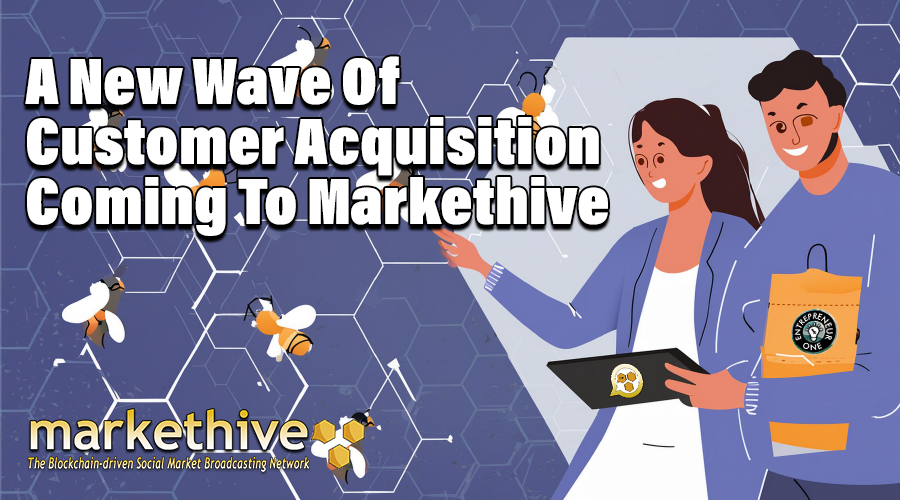


.png)




.png)


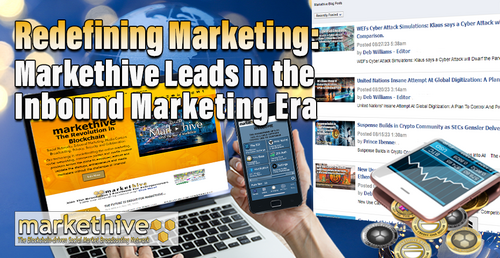
.png)

.png)
.png)

.png)


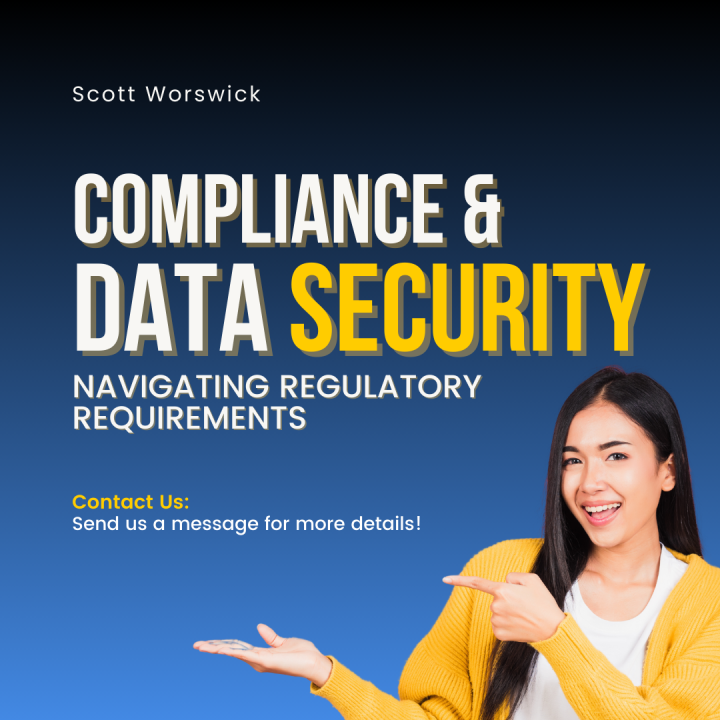
.png)
.png)
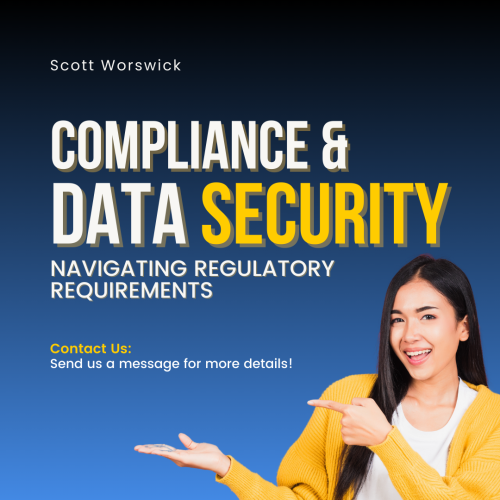
.png)






.png)

.png)

.png)
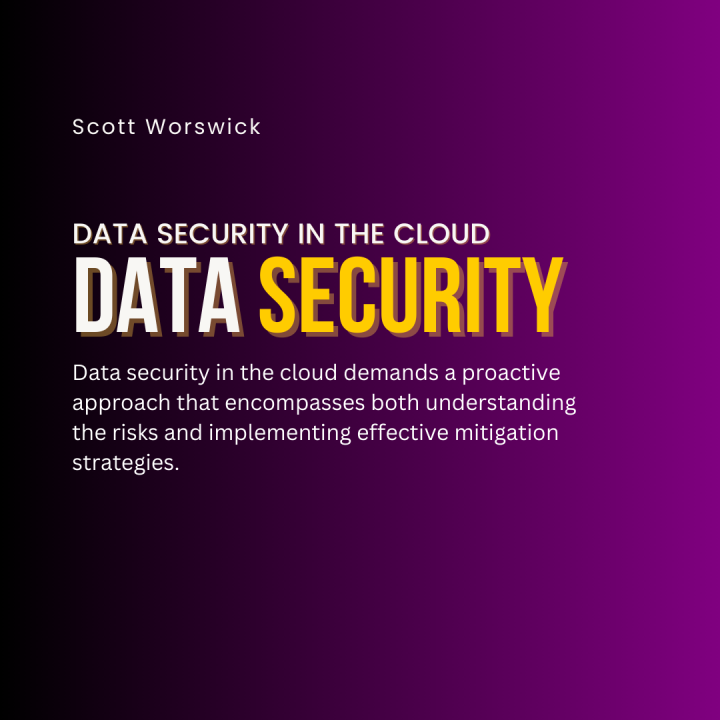
.png)
.png)
.png)
.png)